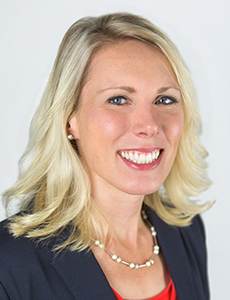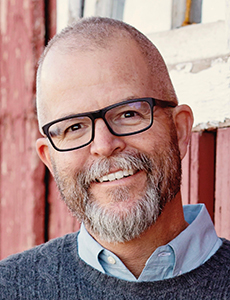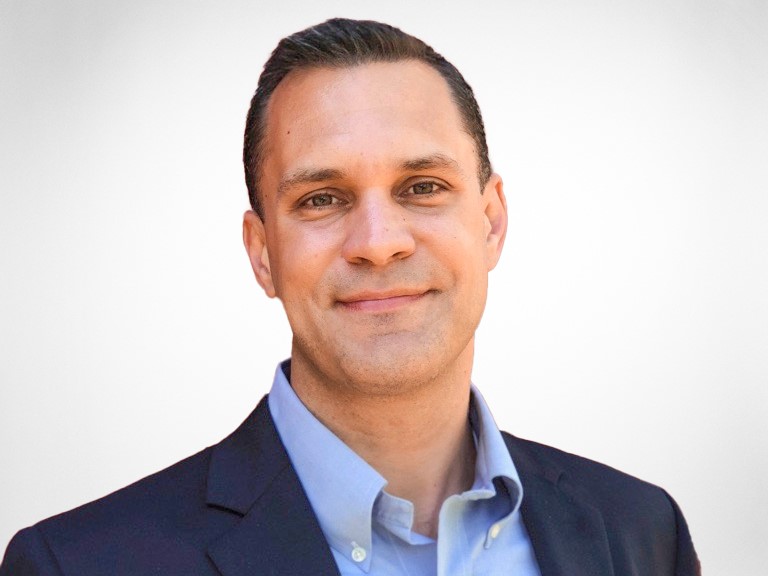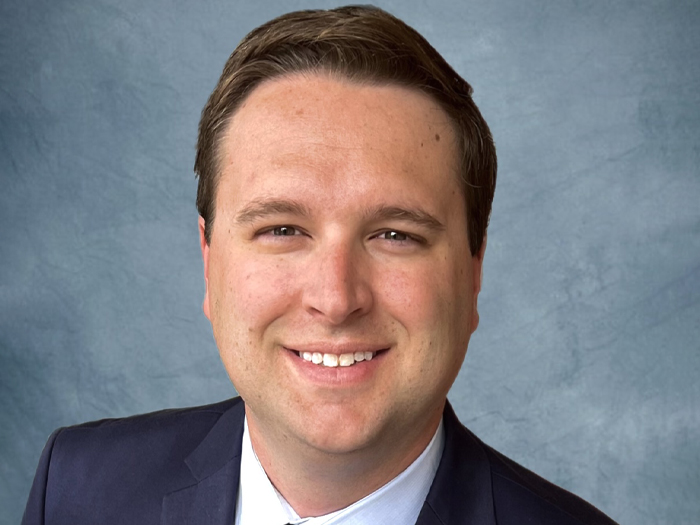Comorbidity Risk Is a Cost Amplifier; Your Silos Are Making It Worse

Employer-sponsored wellness plans that target comorbidities such as hypertension, diabetes and obesity help reduce the frequency and complexity of workers’ compensation claims, insurance industry experts and several government studies agree.
This has broad implications for managing employee injuries and illnesses, across both workers’ comp and employee health programs. Workers’ compensation claims with a comorbidity diagnosis have about twice the medical costs of otherwise comparable claims, one National Council on Compensation Insurance (NCCI) study found.
The share of workers’ compensation claims with a comorbidity diagnosis nearly tripled between 2000 and 2009, growing from 2.4% to 6.6%, the NCCI study concluded.
Rising Medical Solutions’ 2017 Workers’ Compensation Benchmarking Study found chronic health conditions — along with opioid addictions and the aging workforce — to be significant complicating factors in managing workers’ compensation claims.
Obesity is certainly one of the most common comorbid conditions — according to the Center for Disease Control, 40% of American adults are considered obese.
“Obesity is driving the comorbidity train,” said Andrea Buhl, senior vice president, medical programs, Sedgwick, as “the general population turns to more processed food and more sedentary lifestyles.”
Adults are passing those habits down to their children, she said, anticipating a persevering national health crisis for which employers and insurers will foot much of the bill.
That’s all the more reason for employers to have strong wellness and fitness programs in place, in order to create maximum opportunity for decreasing the frequency and severity of comorbid conditions.
Nurse case managers can also help by steering injured or at-risk workers toward help, delivering the right treatment to high-risk workers.
“They take the medical history, ask about comorbid conditions and related treatment, and integrate the person into an appropriate employer wellness program,” said Buhl, who is also a board certified family nurse practitioner.
Putting ROI in Perspective
Despite the potential impact of wellness efforts on workers’ comp outcomes, a dearth of research specific to the effects of wellness programs on workers’ comp claims suggests that improving comp outcomes is still mostly an afterthought in the development of employee wellness programs.
“People with a healthier baseline have shorter workers’ comp durations, but there isn’t deep literature on this,” said Jeff Dobro, MD, health strategy and innovation leader, Mercer.
A healthy workforce returns many rewards, wrote Jim Purcell, former CEO of Blue Cross & Blue Shield of Rhode Island and founder of the Returns on Wellbeing Institute in the Harvard Business Review. The lack of quantified ROI for wellness plans on workers’ compensation costs does not trouble him.
“Any CFO knows that businesses invest in many things to improve workplace environments without justifying these costs with an ROI study.” Reduced workers’ compensation claims, he wrote, are one of those improvements.
That said, the organizations already using wellness programs to improve workers’ comp outcomes say the investment is almost a no-brainer.
“We’re spending $100,000 a year on this. But that wouldn’t even pay for one shoulder repair,” Rosa Royo told R&I in 2016. Royo is workers’ compensation supervisor for Miami-Dade County Public Schools (M-DCPS), a 2013 Teddy Award winner.
“HR wants to reduce its medical spend and introduce a culture of health and functional areas want to improve productivity. Risk managers can bridge that gap, win leadership buy-in, introduce a new approach,” — Dr. David Zieg, partner, clinical services leader, Mercer
M-DCPS operates a voluntary fitness and wellness program called Rebuilding Me for its highest-risk population – school bus drivers.
At the time the program was re-booted into its current form, 87% of the department was overweight or obese. An angioscreening of 650 employees revealed that only 98 had blood pressure within the normal range and 302 rated as morbidly high. For more than a few employees, Royo said, M-DCPS’s program has been life-changing.
With a voluntary program, penetration and retention are key. M-DCPS uses a system of rewards that increase in value the longer employees participate in the program, Royo said. Employees who complete 75 workouts are rewarded with a hybrid bicycle worth more than $400.
Wellness efforts targeted to high-risk employees but open to all can be particularly effective because of the peer experience. Mike Hessling, chief client officer, Gallagher Bassett, said one client of his operates an on-site exercise and education program similar to the M-DCPS program.
“It was a social experience during work hours,” he said, that used rewards and incentives such as a bicycle and gym memberships. Over the program’s five years, workers’ comp claims dropped 50% and costs dropped more than 75% for the high-risk population.
How Risk Managers Can Move the Needle
In large part, said Dr. David Zieg, partner, clinical services leader with Mercer, organizations still operate in siloed ecosystems, where different functional areas that affect safety and health – functional managers, facilities personnel, transportation, human resources and benefits, for example – rarely collaborate, leaving missed opportunities for all parties on the table.
Risk managers, whose roles cross those silos, can have an impact by bringing functions together for their mutual benefit. But understanding the underlying goals of each function is key.
For instance, “HR wants to reduce its medical spend and introduce a culture of health,” said Zieg, and “functional areas want to improve productivity.”
Risk managers “can bridge that gap, win leadership buy-in, introduce a new approach,” he said. &












